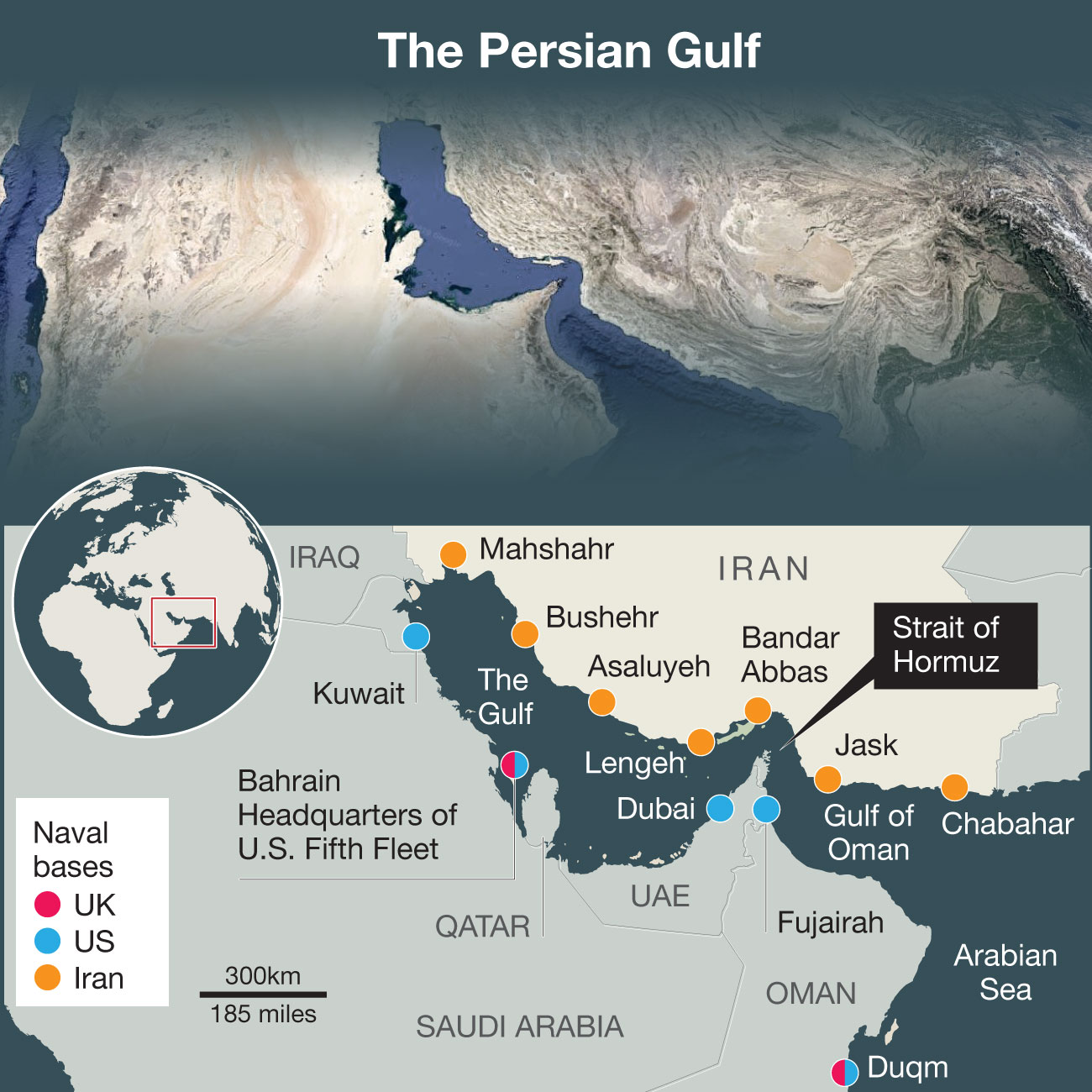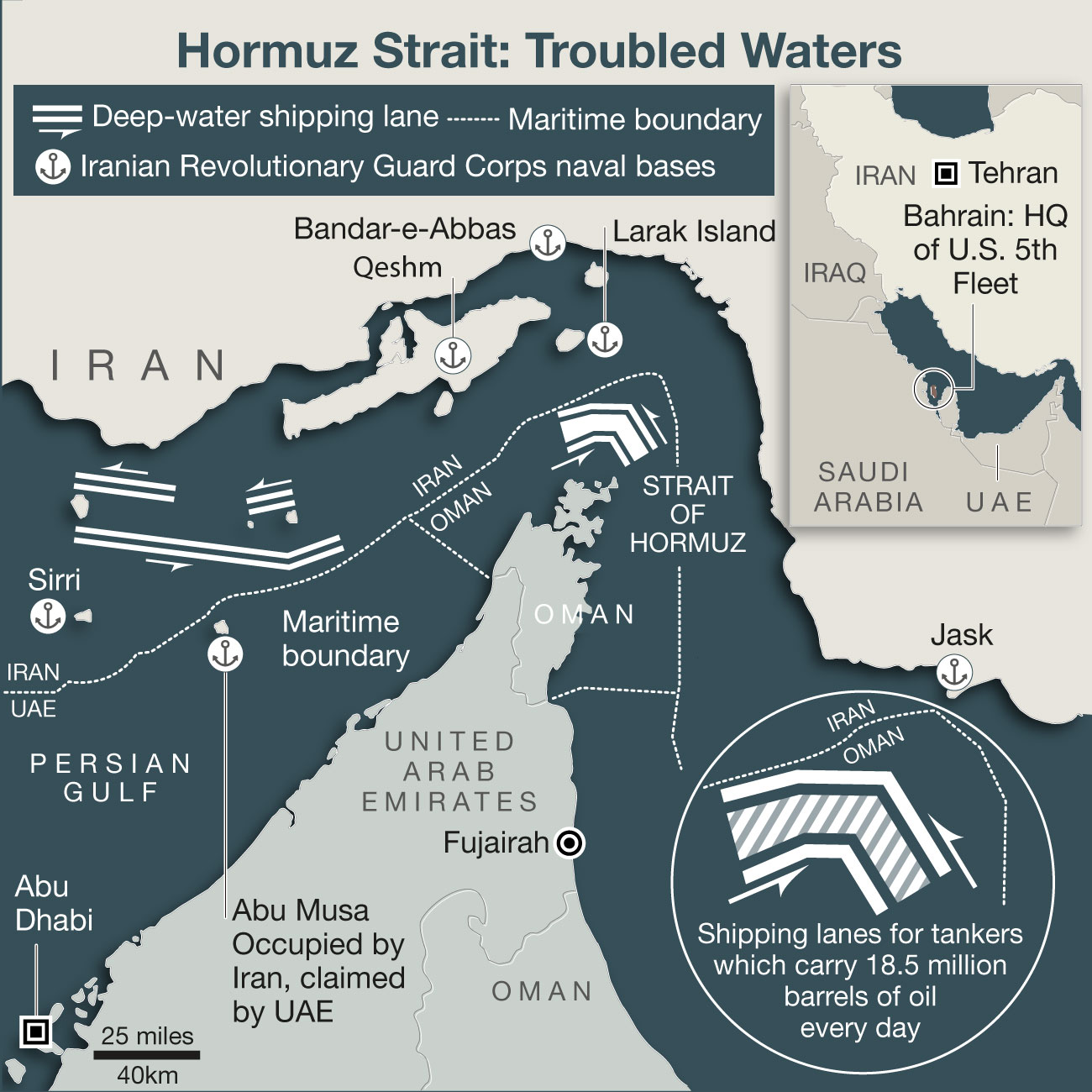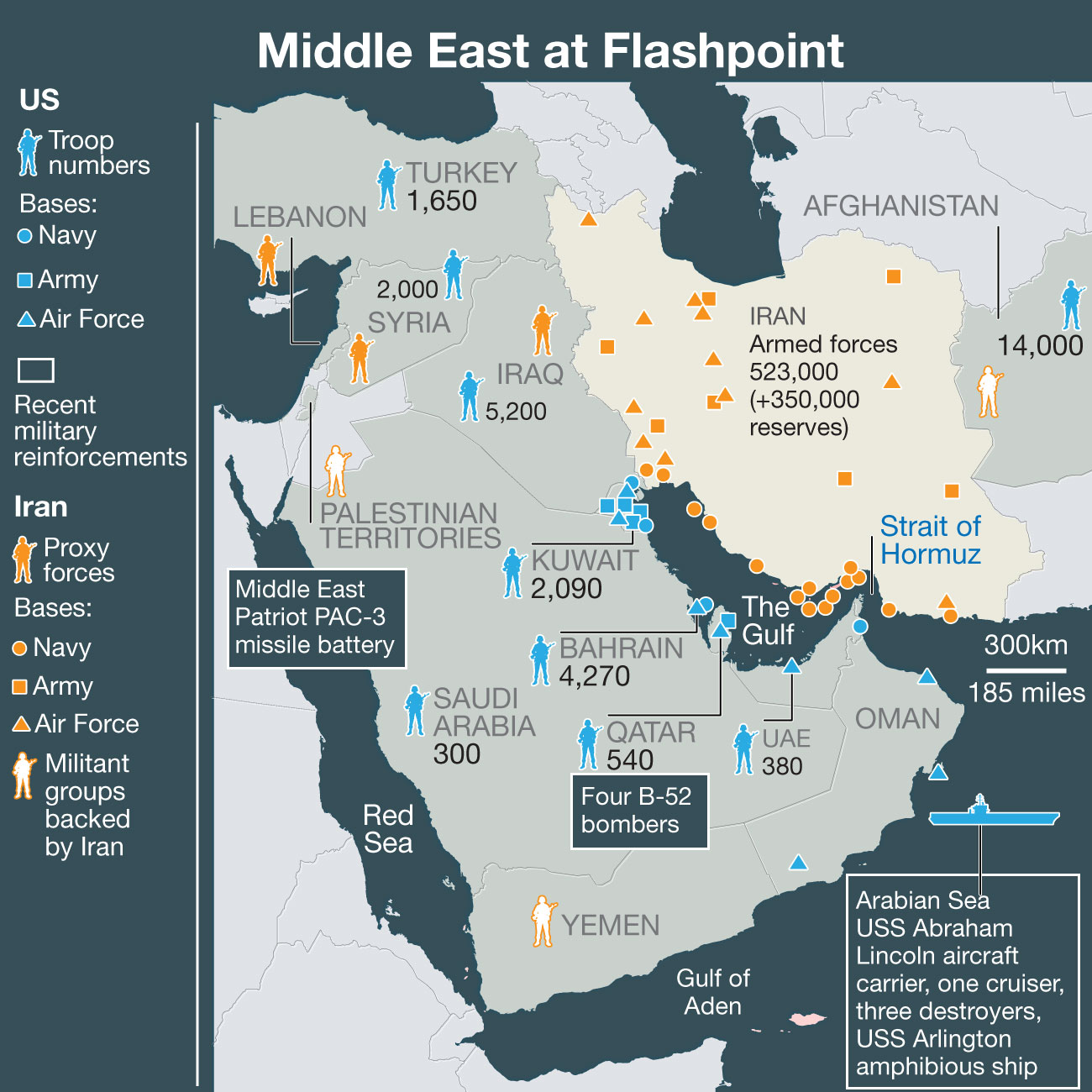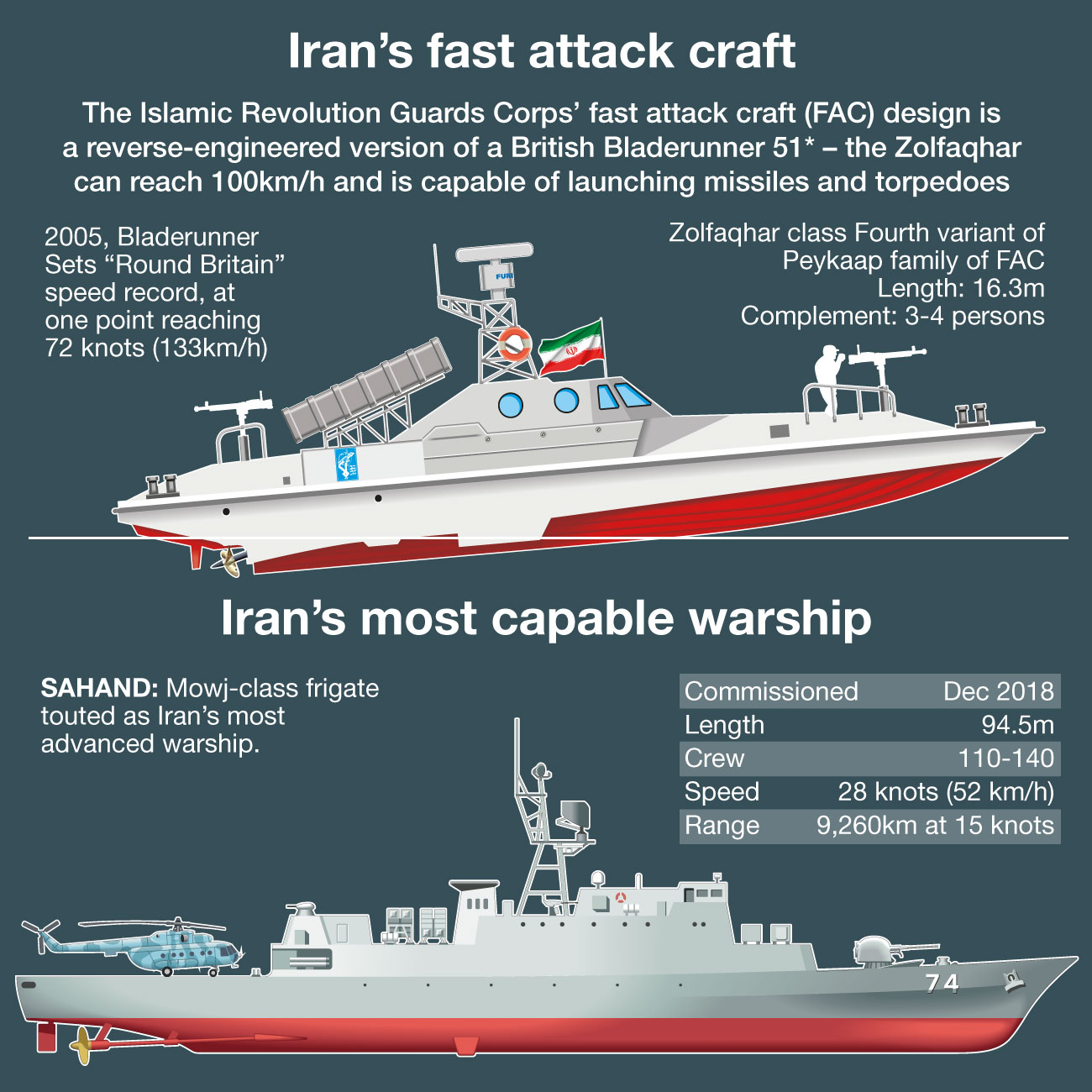The problem is the same in New Zealand. The sole difference is that no one here will acknowledge it, still less write about it.
***
A
comment from Godlike Productions
“To all
the stupid people that think the US is a net exporter of oil please
read
The
US is the largest producer, but your reserves are not really that
impressive. The US still Imports over 7 million barrels a day. You
are not a net exporter and you only export your shale oil because you
do not have one processing facility that can frack light crude. Do
you have any idea what will happen to your economy in 5 days if Iran
point half their missiles at Qutar, Saudi Arabia and UAE oil
facilities?
Iran
has the ability to destroy your way of life for a long time, so
before you beat your war drums once again, you better understand the
pain you will feel because this time it will be very different. If
you really understand prophecy Babylon (they will get drunk on her
wine) is in actual fact Saudi Arabia and not the USA. Oils the wine
you are drinking, so stop puffing up your chests.
Great
pain and suffering is coming your way.”
Attack on Saudi oil facility could cause nightmare situation for Australia
For decades federal politicians have ignored appeals to preserve Australia’s strategic oil reserve. Now we have just three weeks of fuel in the tank.
16
September, 2019
Australia’s
worst nightmare is unfolding in the Middle East. Decades of neglect
have left us with just three weeks of fuel in the tank. Now, with
attacks on Saudi oil production, rationing is a genuine threat.
Last
month, the International Crisis Group issued a stark warning: “A
single attack by rocket, drone or limpet mine could set off a
military escalation between the US and Iran … that could prove
impossible to contain.”
This
weekend, just such an attack took place.
Both
the White House and Riyadh are refusing to rule out retaliation.
It’s
a scenario that leaves Australia out on a limb.
Despite
repeated warnings, successive governments have ignored international
commitments to maintain a strategic stockpile of oil. Such reserves
were designed to help see the country through an economic hiccup, an
international incident or severe natural disaster.
Now,
we’re facing just such a crisis.
Just
one missile attack has choked up to 7 per cent of the world’s oil
production. And analysts are already talking of price-spikes of up to
$US10 per barrel.
While
Saudi Arabia believes it can get one-third of lost production back
online this week, the threat to supplies seems suddenly very real.
What
if an all-out shooting war erupts?
ENERGY SECURITY
Australia’s
federal politicians are quick to cry “energy security” when it
comes to base-load electricity and coal-fired power plants. But in
regards to maintaining a sensible strategic fuel-oil reserve, not so
much.
In
recent decades, the nation’s neglected oil refineries have been
closed and tank farms sold off. In their place rise real estate
developments and light industrial parks.
Everything
seems fine, so long as the stream of supertankers keeps flowing into
our ports.
But
a flaring of tensions between the US and Iran earlier this year put
that into doubt.
“Fifteen
to 16 per cent of crude oil and 25 to 30 per cent of refined oil
destined for Australia transits through the Strait of Hormuz. So it’s
a potential threat to our economy,” Prime Minister Scott Morrison
admitted last month.
Defence Minister Reynolds followed up by declaring: “So we’re doing everything that we can to be a good government and to be prudent, to make sure that we get a continuity of supply.”
And
that meant approaching the United States, cap in hand.
“We’ve
decided to begin negotiations with the United States to ensure that
we have a strategic reserve in place for circumstances that could
emerge, for scenarios that are unfavourable to Australia. This is a
sensible, low-cost way of going about this,” Mr Taylor said.
So,
in return for promises for a share of the US strategic crude hoard,
if the need arises, Australia committed a naval frigate and a
surveillance aircraft to the Persian Gulf.
That
crude will not be kept on Australian soil. Its supply relies on the
availability of commercial tankers to ship it here, as Australia has
long since sold off all of its own. And it is dependent upon the
world of US President Donald Trump.
And his mood towards nations relying on the US for oil security has been … testy.

Australia’s supply of oil relies heavily on its relationship with the US. Picture: Mick Tsikas/AAPSource:AAP
“So
why are we protecting the shipping lanes for other countries (many
years) for zero compensation,” Mr Trump tweeted in June. “All of
these countries should be protecting their own ships on what has
always been … a dangerous journey. We don’t even need to be there
in that the US has just become (by far) the largest producer of
Energy anywhere in the world!”
Now,
Australia is facing the most significant disruption in oil flows
since the invasion of Kuwait by Iraq in 1990. Then, like now, some
four to five million barrels of oil per day was taken out of the
system.
Australian
Strategic Policy Institute analyst Dr Malcolm Davis warns: “The
reality is that we’re woefully underprepared for a disruption to
fuel supplies.”
CONFIDENCE
CRISIS
The
attack on Saudi Arabia’s vital oil infrastructure has turned off
the taps for about 5.7 million barrels worth of daily production.
That’s
about half the nation’s total production, or between 5 and 7 per
cent of worldwide output.
Saudi officials insist they can restore the flow of crude in coming days: but not through the damaged oil facilities. Instead, they’ll open up their inventories and ramp-up production elsewhere.

Satellite image shows thick black smoke rising from Saudi Aramco's Abqaiq oil processing facility in Buqyaq, Saudi Arabia. Picture: Planet Labs Inc via APSource:AP
But
Saudi Oil production company Aramco now says cruise missiles — not
drones — hit 15 structures at its Abqaiq and Khurais facilities.
Abqaiq
is the world’s biggest crude-stabilisation facility, refining some
seven million barrels a day. Khurais produces about 1.5 million
barrels of crude a day.
“It
is definitely worse than what we expected in the early hours after
the attack, but we are making sure that the market won’t experience
any shortages until we’re fully back online,” one Saudi official
told media.
But the unspoken fear remains: what of its other facilities, also likely well within reach of a missile attack?
The
use of cruise missiles represents a significant escalation of
tensions in the Middle East, which has been seen a “proxy war”
between Iran, the US and Saudi Arabia being fought out in Syria, Iraq
and Yemen.
While
the antagonists have been reluctant to square-off face-to-face, that
may all be about to change.
The
International Energy Agency has issued a statement saying it was in
contact with Saudi authorities, primary producers and consumer
nations.
“For now, markets are well supplied with ample commercial
stocks,” the statement reads. “The IEA is monitoring the
situation in Saudi Arabia closely.”
RATIONING
GETS REAL
It’s
something not seen since the 1970s. But soon the prospect of
Australia’s petrol stations being locked up increases with every
new incident in the Persian Gulf.
Most
of Australia’s fuel comes from refineries in Japan and South Korea.
Both
those countries get most of their raw crude oil from the Middle East.
And analysts are saying Asian suppliers are likely to be the most
disrupted by the weekend attacks.
But
any pain Australia’s economy suffers — at least in the short term
— is of its own doing.
After
the establishment of the International Energy Agency following the
mid-1970s oil crisis, Australia signed a commitment to establish an
oil buffer. The goal was for member nations to have a reserve to buy
themselves time in the event of a crisis.
But
Australia has failed to meet that obligation for over a decade.
The
head of the Australian Strategic Policy Institute Peter Jennings told
ABC radio that the only way to provide a real buffer was to restore
our own onshore strategic oil reserves.
That
means more than just oil tanks. It also means rebuilding the nation’s
ability to refine that oil into usable products.
That
would cost billions.
“The
government doesn’t want to spend the money,” Mr Jennings says.
“But it’s now looking at a strategic situation where fuel
shortages could happen very quickly. And we’ve really got to find a
way to figure out a plan.”
And
he warns against relying upon the US being there for us in our hour
of need: “Look, it may help to mitigate the problem to some extent.
But, you know, in a crisis situation the Americans will — without
doubt — put their own priorities first.”
US
RELIANCE
The
United States is insulated from the international fallout of the
Saudi attacks through its own oil production industry and vast
strategic reserves.
Government
officials have already indicated they may release some of their
emergency stockpiles to prevent an economically damaging price spike.
It
all depends upon US President Donald Trump.
He
has the power to authorise an emergency release from its 650 million
barrels of stockpiled crude. These are held in heavily guarded
underground storage caverns in Texas and Louisiana.
It
represents about one month worth of US consumption.
But Energy Secretary Rick Perry “stands ready to deploy resources from the Strategic Petroleum Oil Reserves if necessary to offset any disruptions to oil markets as a result of this act of aggression,” a department statement reads.









No comments:
Post a Comment
Note: only a member of this blog may post a comment.